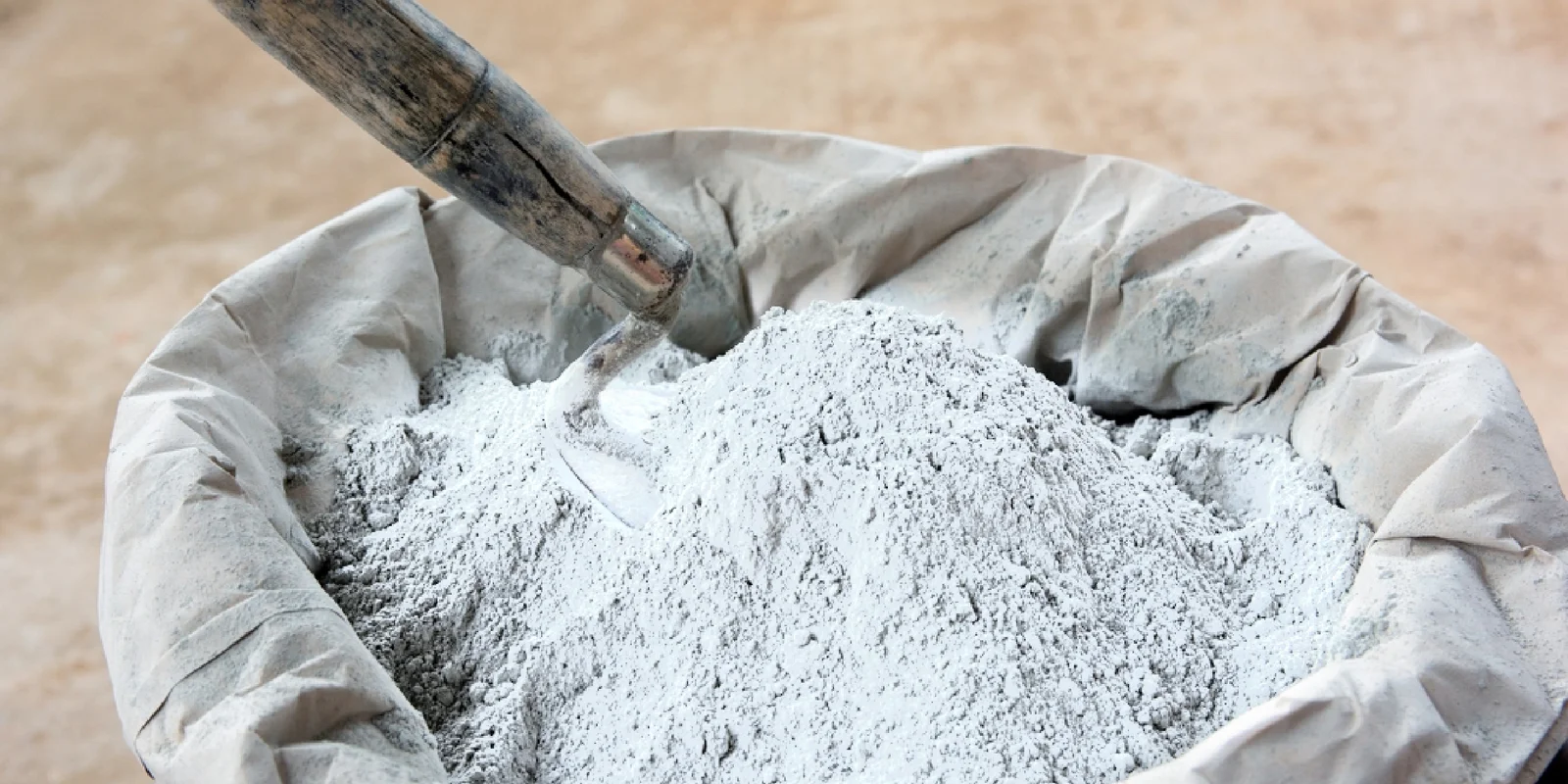Table of Content
The Hidden Dangers of a Dirty Gas Stove
A grimy gas stove poses more dangers than you might realize. Besides being unsanitary, food residues can clog burners, leading to weak flames and uneven heat distribution. This can damage cookware, create inaccurate temperature control, and even pose a fire hazard. Regular cleaning is essential to avoid these risks.
What You Need to Clean Your Gas Stove
Before starting, gather these supplies:
- Mild dish soap
- Baking soda
- Vinegar
- Medium-stiffness scrub brush
- Soft, dry cloth
- Old toothbrush
- Non-abrasive scrub pad
Steps to Clean Your Gas Stove at Home
Step 1: Ensure Safety
Make sure all surfaces are cool and the control knobs are turned off. This prevents accidental gas flow while removing burner guards and scrubbing knobs.
Step 2: Disassemble the Stove
Remove the grates and burner caps according to the stove’s manual. Typically, these components can be lifted off for cleaning.
Step 3: Clean Gas Stove Pan Supports
Lift the trivets and wash them in warm, soapy water using a non-abrasive cloth or sponge. For stubborn stains, use a stove cleaner or a non-metallic brush. Soaking the pan supports in warm soapy water for 20 minutes can also help. Dry them immediately after washing to prevent rust, using a soft cloth. Ensure they are completely dry before placing them back.
Also Read: How to reduce kitchen heat in summer?
Step 4: Clean the Burners
Wash burner caps and heads with a cloth or toothbrush. Soak them in warm, soapy water for stubborn burnt-on spills. Use a baking soda paste for extra stubborn marks. Clean the spark plug and flame safety device with a moist cloth. Ensure the burners are completely dry before reassembling to prevent clogs and ensure safe operation.
Step 5: Clean the Stove Top Surface
The cleaning method depends on the surface material.
Stainless Steel: Use a specialty stainless steel cleaner or warm soapy water. Buff dry with a microfiber cloth, wiping in the direction of the grain.
Ceramic or Glass: Use a glass cleaning spray or cream formulated for stoves. Wipe gently with a microfiber cloth in a circular motion. For stubborn residue, use a ceramic scraper carefully.
.jpg)
Why Regular Cleaning is Crucial
- Even Flame Distribution: Clogged burners can cause uneven flames, posing hazards and leading to potential cookware damage.
- Efficient Cooking: Clean burners allow optimal gas flow, enhancing cooking efficiency and providing precise heat control.
- Proper Ignition: Accumulated grease and grime can hinder sparking, making it difficult to ignite the stove.
- Avoid Wasted Gas: Clogged burners require higher flame settings, leading to unnecessary gas consumption and increased costs.
- Prevent Lingering Odors: Residue and burnt food particles can emit unpleasant odors. Regular cleaning prevents this.
- Aesthetics and Hygiene: A dirty stove looks unappealing and can harbor bacteria. Regular cleaning maintains its appearance and reduces contamination risks.
Useful Tips for Cleaning Your Gas Stove
- Use Ammonia for Deep Cleaning: For stubborn stains, especially on burner caps and grates, use ammonia. Ensure proper ventilation.
- Clean Regularly: Prevent grease and grime buildup by cleaning your gas stovetop regularly. A quick wipe-down after each use helps maintain cleanliness.
- Avoid Abrasive Cleaners: Refrain from using abrasive cleaners or scouring pads to avoid scratching the surface.
- Cool Down Before Cleaning: Never clean your stovetop with water while it's hot to prevent cracking.
- Use Warm Water and Dish Soap: For everyday cleaning, a solution of warm water and dish soap works wonders. Wipe clean and dry with a microfiber cloth to prevent streaks.
- Baking Soda for Tougher Stains: Use a baking soda and water paste for tougher grease and grime. Let it sit for 15-20 minutes, then wipe away with a damp cloth.
- White Vinegar for Burnt-On Stains: Spray a mixture of equal parts white vinegar and water on stubborn stains. Let it sit, then scrub with a damp cloth.
- Cleaning Frequency
The frequency of cleaning depends on usage. Regular cleaning, especially after each use, prevents food particle accumulation and stubborn stains. Even with less frequent use, wipe down the stove after each use and perform a monthly deep cleaning.
How to Keep Your Gas Stove Clean
- Wipe Up Spills Immediately: Prevent spills from hardening by wiping them up as soon as you finish cooking.
- Daily Wipe-Down: After each use, wipe down the stovetop with a damp microfiber cloth.
- Schedule Weekly Cleanings: Remove grates and burner caps to soak and scrub them. Clean the cooktop surface with vinegar, baking soda, or a suitable cleaner.
- Use Pot Lids: Contain splatters and reduce cleaning needs by using pot lids whenever possible.
- Low and Slow Cooking: Avoid high heat settings to reduce splattering and burning.
- Line Your Oven with a Drip Pan: Place a drip pan on the bottom rack to catch spills.
- Keep Baking Soda Handy: Baking soda is a versatile cleaner for minor spills or grease splatters.
Aqire Acres.com POV
Maintaining a clean gas stove is essential for safety, efficiency, and longevity. A dirty stove can harbor bacteria, impair cooking performance, and pose risks like uneven heating and fire hazards. Regular cleaning removes stubborn stains and grease buildup, ensuring your stove operates at its best. Daily wipe-downs and weekly deep cleans enhance cooking precision and extend the appliance's lifespan.
Also Read: 7 Ways to Keep Your Roof Cool in The Summer











_1766133697.webp)
Ans 1. How to Clean a Gas Stove TopRemove Grates. When the stove top is cool, pick up the grates and wipe up any spills or crumbs that fell beneath the grates.Clean the Stove Top. Spray with a cleaner that is designed for gas ranges. Wipe clean with a damp cloth. ...Dry Cooktop. Dry the cooktop with a microfiber cloth.
Ans 2. Begin by using a damp cloth to wipe away any visible grime or grease from the gas stovetop. If there are any tough spots, use a soft brush or non-abrasive sponge to help with cleaning. You can also use mild soap and warm water to help break down the grease and grime.
Ans 3. When it's cool, spray it with distilled white vinegar and sprinkle baking soda over it. Moisten a towel in hot water and drape it over the baking soda and vinegar. After about 10 minutes, pick up the towel and use it to scrub the stove top clean, rinsing often. Spray more vinegar on the stove top and wipe it again.
Ans 4. A mixture of white vinegar and water can work wonders here. Spray the mixture onto the burn, let it sit for a few minutes, then scrub away with a non-abrasive sponge. Voila! Your stove top will be sparkling clean in no time.
Ans 5. Make sure the burners are completely turned off and cool. Using a paste of water and baking soda, buff the burners with paste and allow to sit for up to 30 minutes. Scrub any high-debris areas with a small cleaning brush. Wipe away the paste with a microfiber cloth and make sure the unit is fully dry before using.